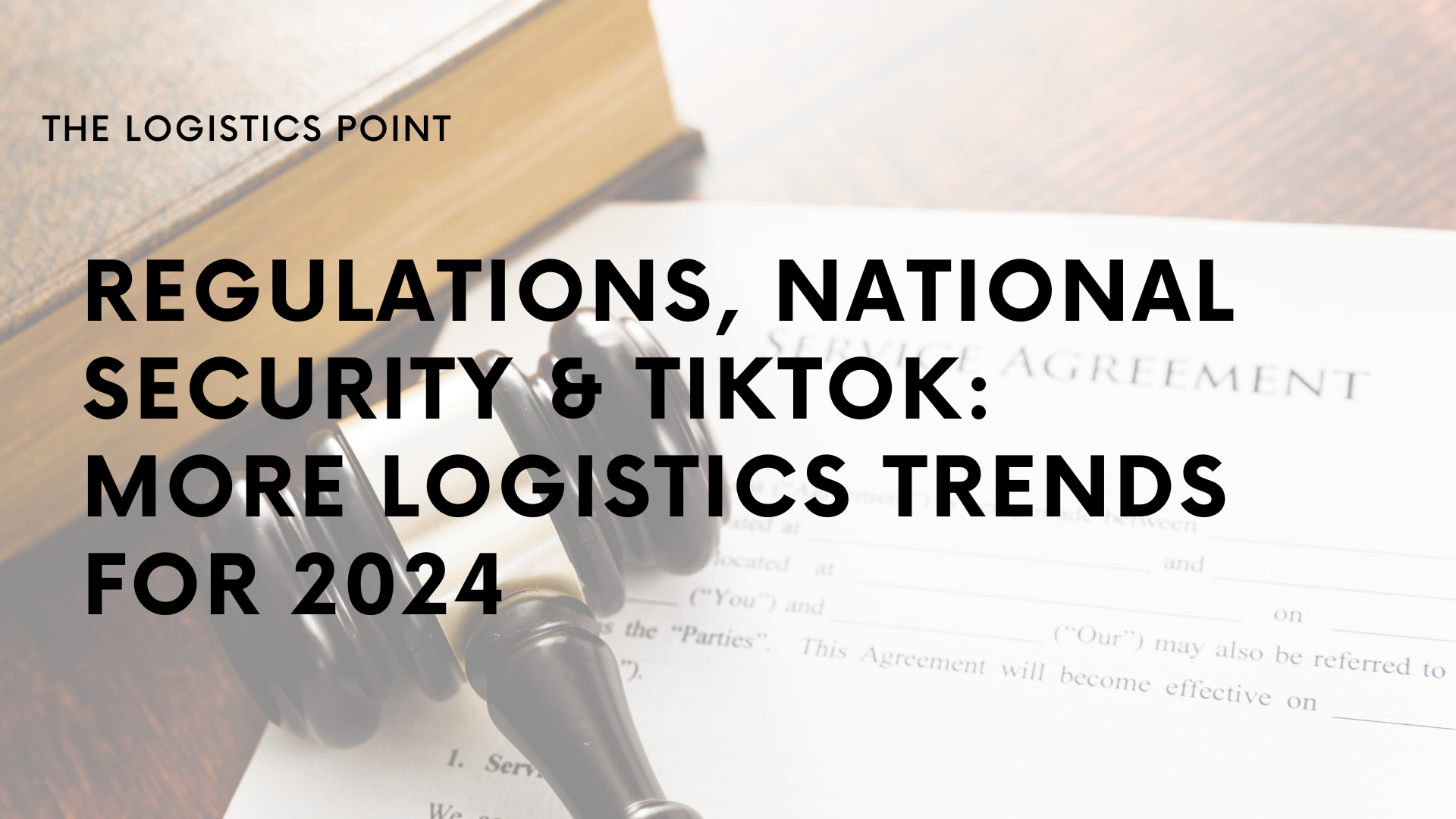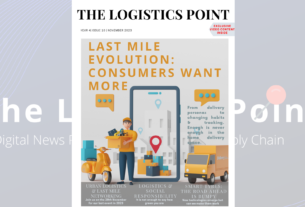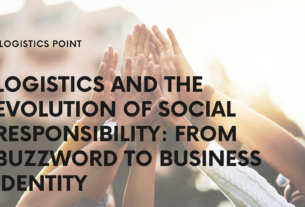Comments by Jag Lamba, CEO and founder of Certa
More predictions about 2024 and the expectations of logistics & retail in our January edition here.
- What are your predictions for 2024 based on what we saw in 2023?
2024 should be the year we see the USA’s The Securities and Exchange Commission /SEC/ sustainability disclosure rules finalized. Those rules were first proposed in 2022, and much of 2023 saw spirited debate about their overall merits and tentative details. After much anticipation, signs point to a 2024 reveal of the final rules, with their implementation likely coming into effect in 2025 or 2026. This is an especially important point for those in logistics since the proposed rules require Scope 3 reporting—that is, details on the emissions and sustainability initiatives of a company’s entire supply chain and related vendors.

Additionally, people are excited about the potential of AI. Obviously, 2023 was a major leap forward for that technology, as we saw showcases of its power at both the consumer and enterprise level. But it’s coming time to separate the wheat from the chaff when it comes to implementing machine learning and AI into day-to-day activities.
- What should supply chain managers be most aware of and worried about?
Supply chain managers should be wary of AI solutions that overpromise and underdeliver. We’re starting to move into the stage of the hype cycle that is less “what is the potential ceiling for this technology?” and more “what can we realistically use it to do in the next few years?” Separating the gimmicks from the real benefits out there will be important—and there are real benefits to be had when properly utilizing AI in the supply chain. This is particularly true when it comes to risk management.
An AI-powered solution can help you develop better visibility into an entire sprawling supply chain and its various risks if it’s the real deal. If it isn’t, you just wasted large amounts of time and money implementing it at various points of your chain, and the information it’s providing could lead to poor business decisions.
- How can supply chains be better protected and more efficient?
When we talk about protecting supply chains and avoiding risks, the first thing that comes up is often cybersecurity. That’s certainly important and a part of the overall puzzle, but supply chain leaders should not lose sight of other risks that could hinder production, cause inefficiencies, or make supplier relationships unstable or risky in the future.
We’re seeing a global push toward regulations that protect human rights, disincentivize working with suppliers that have corrupt business practices, and promote greater sustainability—the EU’s Corporate Sustainability Reporting Directive (CSRD) is one of the most prominent recent examples, and the SEC’s planned sustainability disclosure rules will likely mirror the CSRD in a number of ways.
Any enterprise prioritizing supply chain efficiency must have a plan in place to meet these new regulations as they arise in regions they do business; ignoring them could result in fines, brand reputation loss, and damage to crucial supplier relationships.
- What trends will shape the industry?
It’s hard to overstate the impact ESG (environmental, social, and governance) policies will have on the industry. Recent high-level conversations, both in board rooms and at trade conferences (particularly some I’ve been to in Europe), are almost exclusively focused on ESG. It’s becoming a central pillar of risk management discussions—in fact, I don’t think ESG is a separate, contained topic for any supply chain department moving forward. It’s become crucial to compliance and risk management, a focal point that other major decisions circle around.
Finally, I do think there’s something to be said about national security playing a role in supply chains in 2024. Similar to how some government bodies have banned TikTok from employee’s devices—for fear of the Chinese government being able to exert pressure on the app’s owner to gain access to sensitive data of Americans—certain items manufactured in China are coming into question.
In India and other countries, we’ve seen Chinese manufactured goods banned from being used in telecom infrastructure due to the breadth and sophistication of espionage activity there. It’s not unreasonable to think there might be similar restrictions on what we’re able to use within the supply chain technology stack as well as the items we can bring to America.



